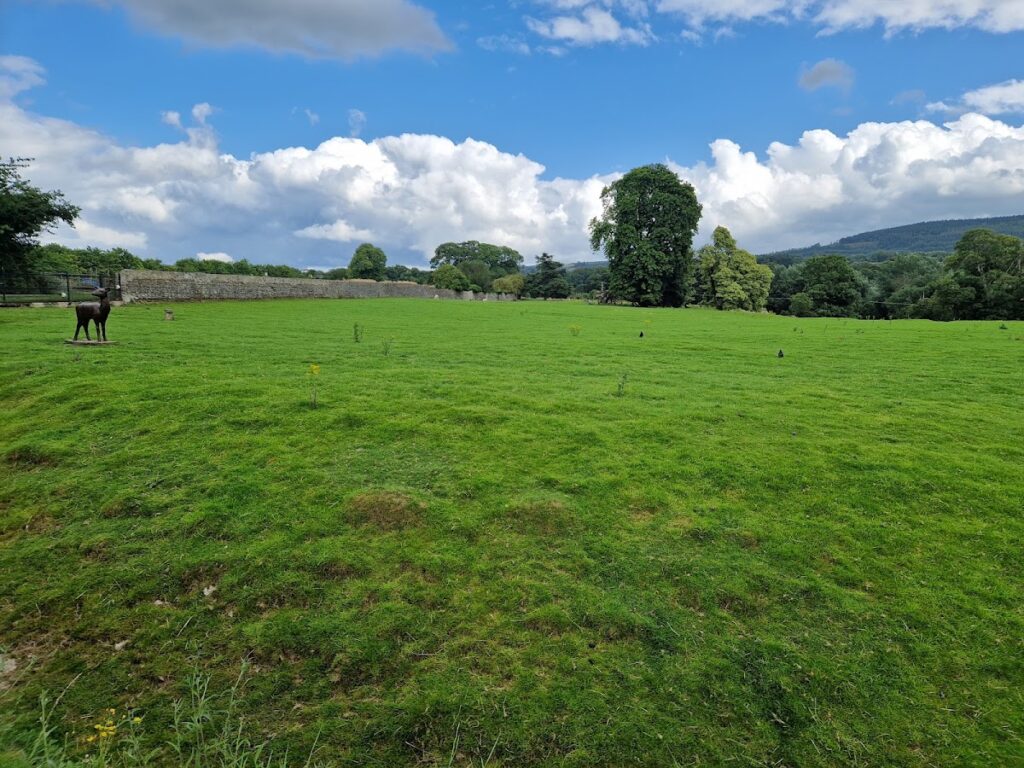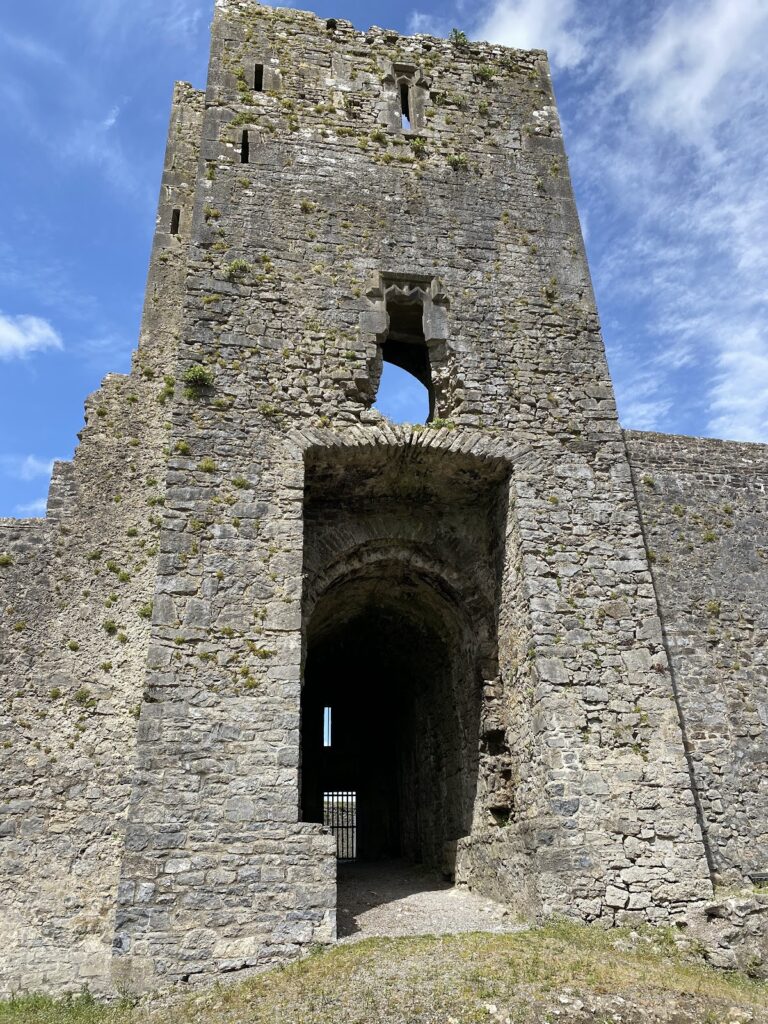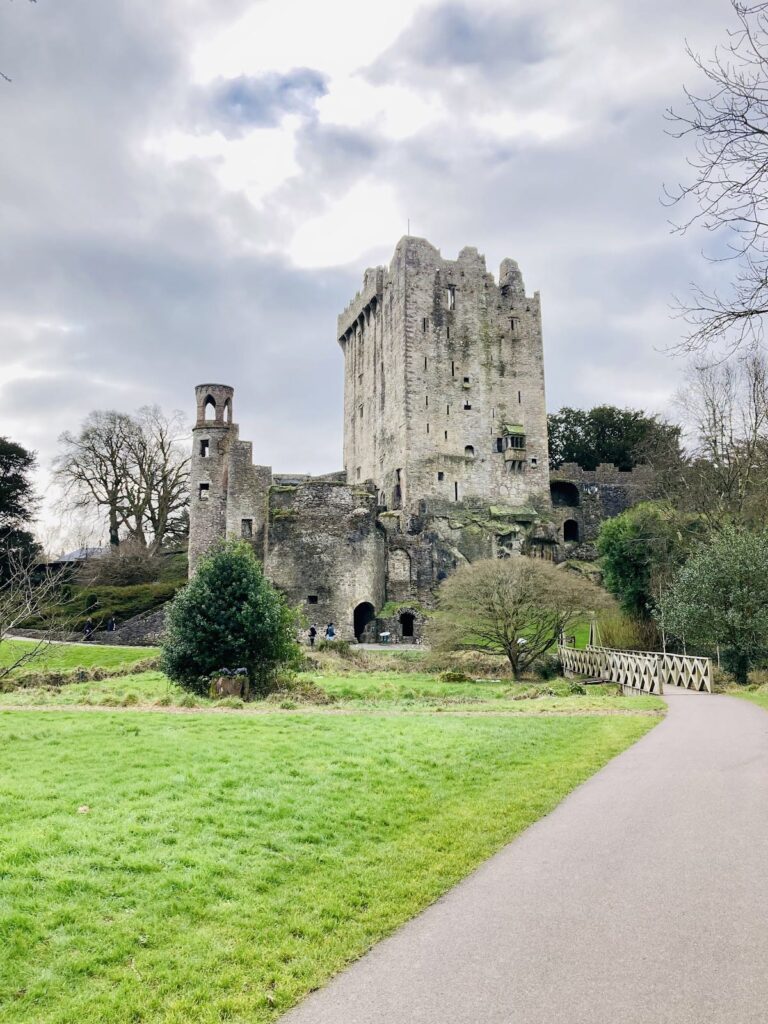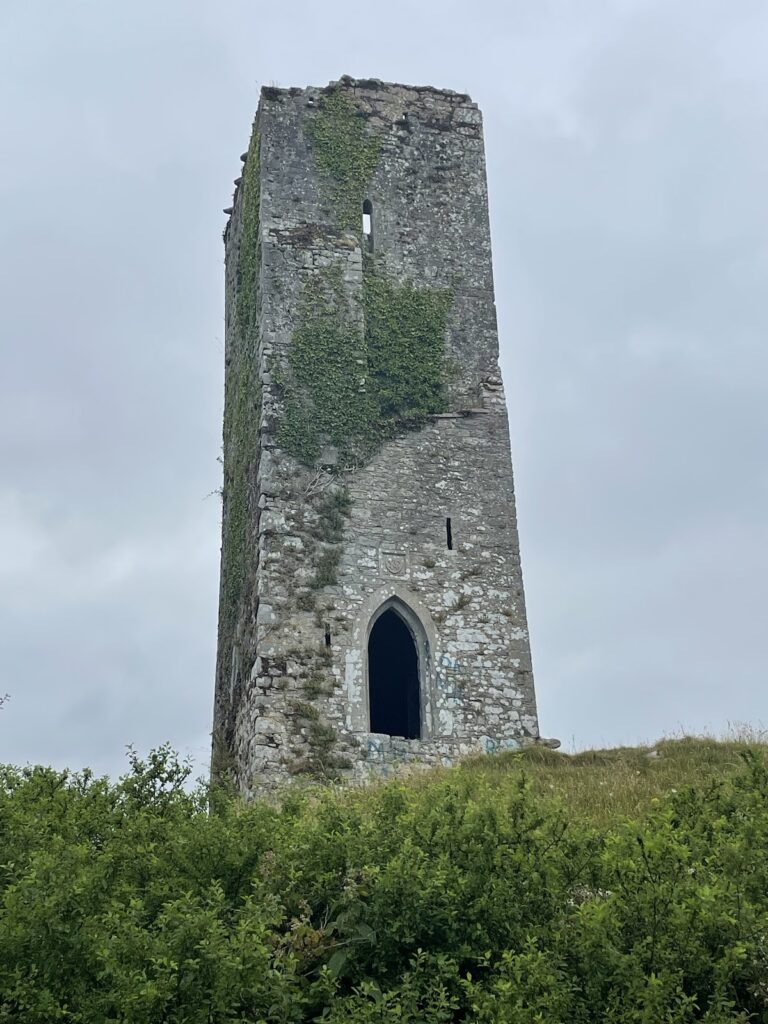Mallow Castle: A Historic Anglo-Norman Stronghold in Ireland
Visitor Information
Google Rating: 4.5
Popularity: Low
Google Maps: View on Google Maps
Official Website: www.mallow.ie
Country: Ireland
Civilization: Unclassified
Remains: Military
History
Mallow Castle is located in Castlelands, Mallow, in the Republic of Ireland. Its origins trace back to the Anglo-Norman period, with its initial construction ordered by King John in the year 1185. This earliest fortification marked the site as an important stronghold within the medieval landscape of Ireland.
By 1282, the castle had become the possession of the Earls of Desmond, prominent Anglo-Irish lords of the region. During this time, it was referred to as Desmond Castle, reflecting its association with the powerful Geraldine family. However, following the Geraldine Wars, a series of conflicts during which the Desmonds rebelled against the English crown, Queen Elizabeth I confiscated the estate as punishment for their opposition.
In the late 16th century, the estate, including the castle and extensive lands amounting to 6,000 acres, was granted to Sir Thomas Norreys, who held the important position of Lord President of Munster. Around 1585, the original stone castle had fallen into poor condition and was replaced by a newly built fortified house. This structure was designed to serve both as a residence and a defensive stronghold, reflecting the unsettled nature of the period.
After Sir Thomas Norreys died in 1599, ownership passed through his daughter Elizabeth to her husband Sir John Jephson. The Jephson family retained possession of the property for almost four centuries, making Mallow Castle their home across generations. During the turbulent 1640s, the fortified house played a significant role in local military conflicts. In 1642, it withstood a siege by Richard Butler, the 3rd Viscount Mountgarret, occurring amid the Irish Confederate Wars. However, just a few years later in 1645, the castle fell temporarily to James Tuchet, the 3rd Earl of Castlehaven.
Later in the 17th century, the castle suffered heavy damage from fire amid the fighting of the Williamite War. This devastation led the Jephson family to abandon the fortified house. Instead, they built a new mansion nearby on the grounds where the stable block of the old castle had stood, signaling a shift from fortified residence to more comfortable, modern living quarters.
In 1928, the mid-16th-century fortified house was recognized for its historical importance and officially listed as a National Monument. Much later, in 1984, the 19th-century mansion passed from the Jephson family, sold by Commander Maurice Jephson to the McGinn family. Since 2011, both the castle grounds and structures have been owned and maintained by Cork County Council, preserving these layers of history for future generations.
Remains
The Mallow Castle site extends over about 33 acres (13 hectares) of gardens and parkland and contains three principal structures spanning several centuries. To the east lie the remains of the original 13th-century castle, constructed in the late 1100s on the orders of King John. These ruins mark the early defensive phase on the site and provide a glimpse into medieval military architecture.
At the center of the estate are the remnants of the 16th-century fortified house built in 1585 under Sir Thomas Norreys. This building is a long, rectangular, three-storey stone structure distinguished by two polygonal towers situated at the northwest and southwest corners. Its design follows an early Jacobean style, notable for features such as high gables, stepped battlements (which are notched parapets originally used for defense), and mullioned windows—windows divided into sections by vertical stone bars. The house has projecting wings from the middle of its north and south walls; the main entrance is located in the north wing. The layout allowed defenders to maintain a continuous field of musket fire around the building’s perimeter, underscoring its dual role as both home and fortress.
To the north on the grounds is the large 19th-century baronial mansion built near the older castle ruins. This mansion partly incorporates stonework dating back to the 1690s, reflecting its origins on the stable block site of the older castle. The house contains eight main reception rooms, including specialized spaces such as a music room, billiard room, and library, along with twelve bedrooms, illustrating its function as a grand residence in the later period.
Together, these structures present a layered historical narrative visible in the fabric of the site—from medieval fortress to Jacobean defensive house to Victorian mansion—each phase marked by adaptation and reuse, preserving tangible connections to the varied history of Mallow Castle.










